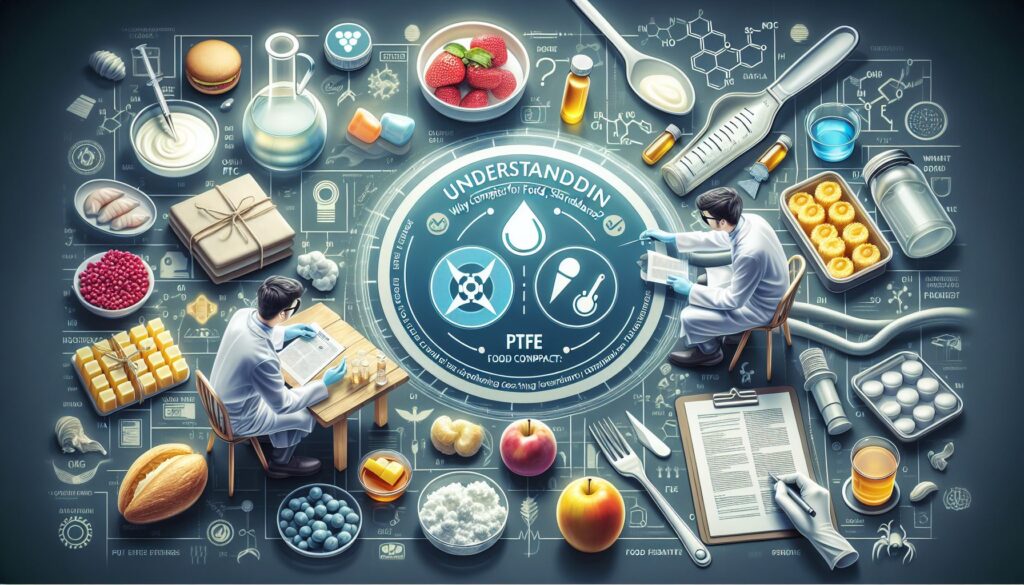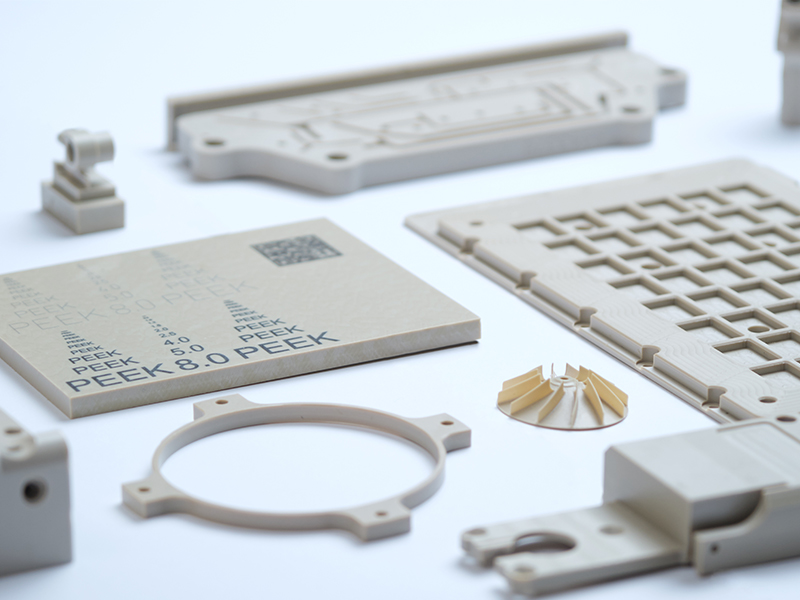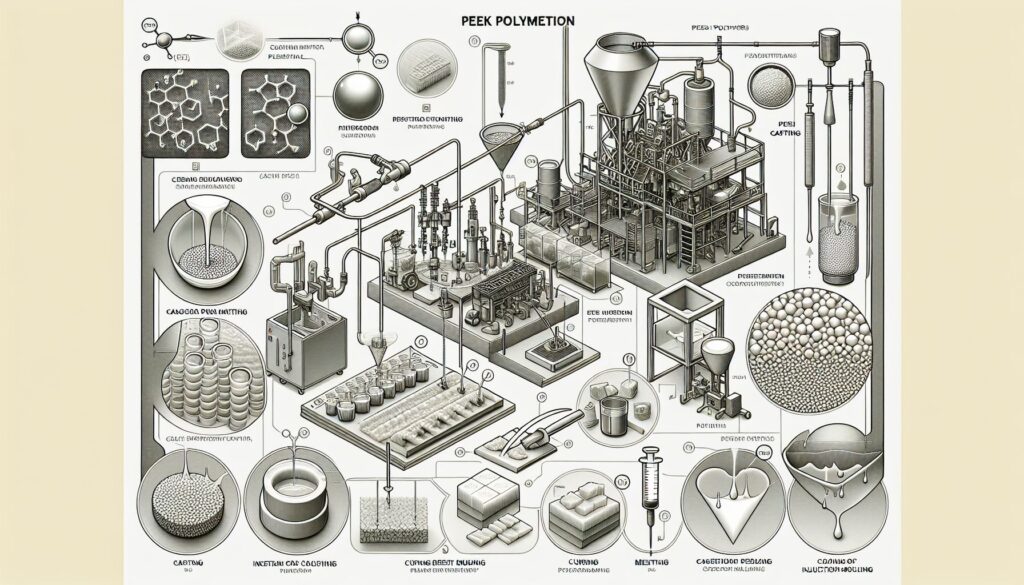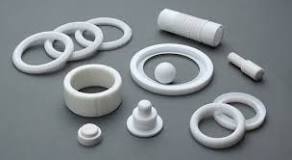In the vast global transportation network, from bustling highways to expansive ocean routes, there’s a silent hero ensuring the integrity and efficiency of goods movement: the transportation seal. While often overlooked, these seals play a crucial role in safeguarding cargo, preserving equipment, and maintaining operational reliability. However, achieving peak performance requires a deep understanding of these seals’ operating conditions. Let’s delve into the intricacies of transportation seal operating conditions and how they influence design, performance, and longevity.

The Varied Terrain of Transportation
Transportation seals encounter a myriad of environments, each presenting unique challenges:
1. Road Transport:
- Vibrations: Constant vibrations from road irregularities and vehicle movement can place significant stress on seals, requiring robust designs to maintain integrity.
- Temperature Fluctuations: Seals must withstand wide temperature variations, from scorching heat to cold, without compromising performance.
2. Marine Transport:
- Saltwater Exposure: Seals operating in marine environments are exposed to corrosive saltwater, necessitating corrosion-resistant materials and coatings.
- Pressure Variations: Seals in marine applications must contend with fluctuating pressures due to waves, tides, and cargo loading, requiring seals capable of handling dynamic conditions.
3. Aviation:
- High Altitude Conditions: Airport applications face low atmospheric pressure and extreme temperature gradients during flight, demanding high resilience and stability seals.
- Aerodynamic Forces: Seals on aircraft must withstand aerodynamic forces and rapid air pressure changes, calling for precise engineering to prevent leakage and maintain cabin integrity.
Critical Considerations in Seal Design:
To meet the diverse challenges of transportation environments, seal manufacturers must carefully consider several factors:
1. Material Selection:
- Compatibility: Seals must be compatible with the fluids and gases they encounter, whether hydraulic fluids, fuel, or seawater.
- Durability: Materials should exhibit high wear resistance and resilience to environmental factors such as UV exposure, chemicals, and abrasion.
2. Seal Geometry:
- Lip Design: The lip geometry plays a crucial role in sealing effectiveness, friction, and resistance to lip deformation under pressure.
- Spring Arrangement: Proper spring design ensures consistent radial force, maintaining sealing contact even under dynamic conditions.
3. Surface Finish:
- Smoothness: A smooth surface finish reduces friction and wear, prolonging seal life and optimizing performance.
- Coatings: Specialty coatings can enhance seal properties by reducing friction, improving chemical resistance, or providing anti-stick properties.
The Path to Peak Performance:
Achieving peak performance and longevity in transportation seals requires a holistic approach:
1. Collaborative Design: Collaborating closely with seal suppliers allows transportation OEMs to tailor seals to specific application requirements, ensuring optimal performance and reliability.
2. Rigorous Testing: Thorough testing under simulated operating conditions, including temperature extremes, vibration, and pressure variations, validates seal performance and durability.
3. Continuous Improvement: Embracing innovation and leveraging advanced materials and manufacturing techniques enables the development of seals that push the boundaries of performance and longevity.
Transportation seals operate in a demanding and dynamic environment where temperature, pressure, vibration, and fluid exposure present significant challenges. By understanding these operating conditions and employing advanced design, materials, and manufacturing techniques, transportation OEMs can ensure that seals meet the stringent requirements of modern transportation systems, safeguarding cargo, equipment, and operational efficiency.









